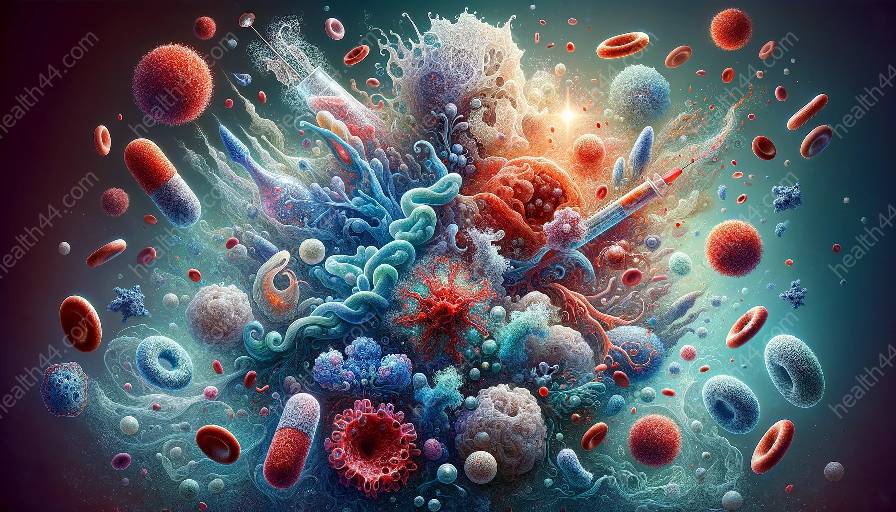As we age, our immune system undergoes a gradual decline known as immunosenescence. This process is characterized by changes in immune cell function, including natural killer cells, which play a crucial role in immune surveillance and defense against infections and tumors.
Understanding the intricate relationship between natural killer cells and immunosenescence is essential for unraveling the complexities of aging and immune function. This article explores the impact of natural killer cells on immunosenescence and their significance in the field of immunology.
What is Immunosenescence?
Immunosenescence refers to the gradual deterioration of the immune system associated with aging. It involves alterations in both the innate and adaptive immune responses, leading to an increased susceptibility to infections, reduced vaccine efficacy, and higher incidence of autoimmune diseases and cancer.
Several factors contribute to immunosenescence, including genetic, environmental, and lifestyle influences. However, one of the key players in this process is the dysregulation of natural killer cell function.
The Role of Natural Killer Cells
Natural killer (NK) cells are a subset of cytotoxic lymphocytes that form an essential part of the innate immune system. They are known for their ability to recognize and eliminate infected or malignant cells without prior sensitization, making them critical in the early defense against pathogens and cancer.
As part of the aging process, the number and activity of NK cells undergo significant changes. While the overall number of NK cells may remain relatively stable, their function and responsiveness to stimuli become altered, leading to diminished immune surveillance and cytotoxicity.
Moreover, aging affects the distribution and composition of NK cell subsets, impacting their ability to mount an effective immune response. These alterations in NK cell biology contribute to the compromised immune surveillance and increased susceptibility to diseases observed in immunosenescence.
Impact on Immunosenescence
The decline in the function of NK cells has far-reaching consequences for immunosenescence. The impaired cytotoxicity of NK cells compromises the ability to eliminate virus-infected and cancerous cells, leading to a higher burden of chronic infections and malignancies in the elderly.
Furthermore, the dysregulated cytokine production by aging NK cells can contribute to chronic inflammation, a hallmark of immunosenescence. This persistent low-grade inflammation, often referred to as inflammaging, is associated with the development of age-related conditions such as cardiovascular disease, neurodegenerative disorders, and metabolic syndrome.
Additionally, the altered interactions between NK cells and other immune cells, such as dendritic cells and T cells, contribute to the overall impairment of immune responses and the development of age-related immune dysfunctions.
Therapeutic Implications
Given the critical role of NK cells in immunosenescence, there is growing interest in developing strategies to rejuvenate or modulate NK cell function in the elderly. Potential therapeutic interventions may include the use of cytokines, immunomodulatory agents, or cell-based therapies to enhance the anti-tumor and anti-viral activities of aged NK cells.
Furthermore, understanding the intricate mechanisms underlying NK cell dysfunction in immunosenescence can pave the way for targeted interventions to restore immune function and enhance the overall healthspan of the aging population.
Conclusion
The interaction between natural killer cells and immunosenescence is a multifaceted and dynamic process that significantly influences the aging immune system. Unraveling the complexities of NK cell biology and its impact on immunosenescence is crucial for developing effective interventions to mitigate age-related immune dysfunctions and improve the health and well-being of the elderly.


